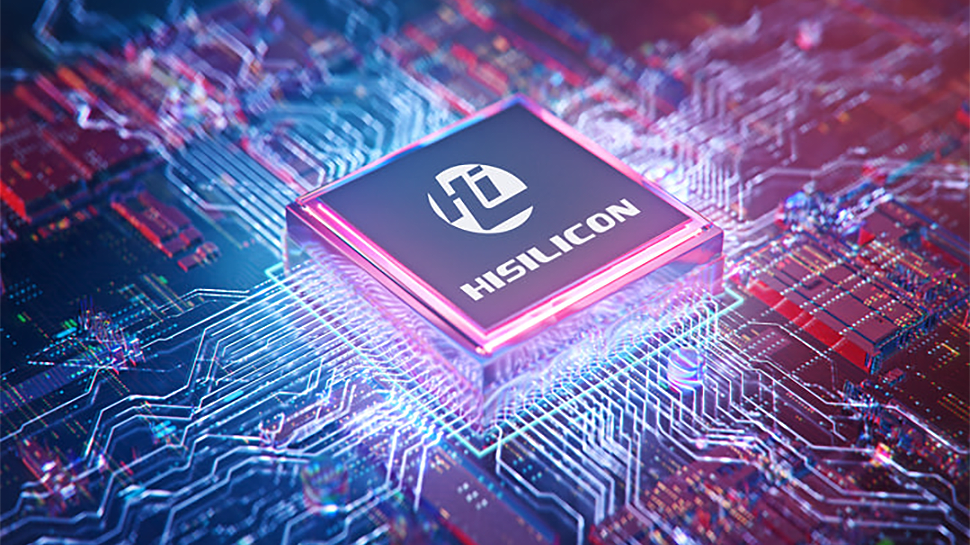
Last August Huawei surprised the industry by launching its HiSilicon Kirin 9000S smartphone processor presumably made by Semiconductor Manufacturing International Corp. (SMIC) using its 2nd generation 7nm-class process technology. Since then, another Kirin 9006C chip showed up, though this one was allegedly made by TSMC years ago. This week a yet another HiSilicon system-on-chip — the Kirin 9000W — transpired.
The eight-core HiSilicon Kirin 9000W powers Huawei's MatePad Pro 13.2-inch tablet, which is evidently aimed at the high-end of the market, given its display size and a relatively high price of over $1000. Huawei's Kirin 9000W-based tablets are currently available in Malaysia, Indonesia, and Saudi Arabia, as reported by HuaweiCentral. Meanwhile, there are versions of the MatePad Pro 13.2-inch device that are equipped with the Kirin 9000S processor.
The main difference between Huawei's Kirin 9000W-based tablets and Kirin 9000S-based tablets is the lack of 4G/LTE connectivity on the former and lack of cellular capabilities of the latter. So, it is possible that the Kirin 9000W application processor comes with disabled built-in modem.
Huawei does not reveal the specifications of its Kirin 9000W system-on-chip, so we can only wonder how it differs from the Kirin 9000S SoC. Keeping in mind that the Kirin 9000W has the same number of general-purpose cores as the original Kirin 9000 (made by TSMC on its 5nm-class fabrication technology in 2020) and the Kirin 9000S (made by SMIC on its 2nd generation 7nm-class production node in 2023), we are probably dealing with a processor that derives from either of the said chips.
Given the fact that the Huawei MatePad Pro 13.2-inch tablet is clearly aimed at demanding users, we would not expect the HiSilicon Kirin 9000W to be a significantly cut-down version of the Kirin 9000S or the Kirin 9000 (apart from the supposedly disabled modem hardware). In fact, it is reasonable to expect the Kirin 9000W to actually have a higher thermal envelope than the Kirin 9000S or the Kirin 9000 as at the end of the day it is designed for tablets (which tend to have better heat dissipation than handsets), not smartphones. Meanwhile, if this is the case, it does not explain why some versions of the Huawei MatePad Pro 13.2-inch tablet are powered by the Kirin 9000S made by SMIC.







